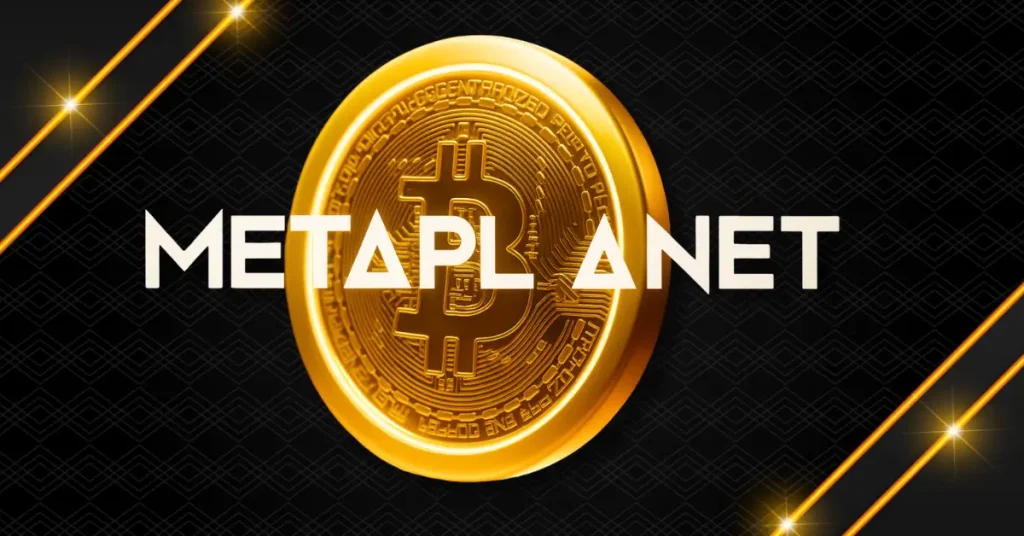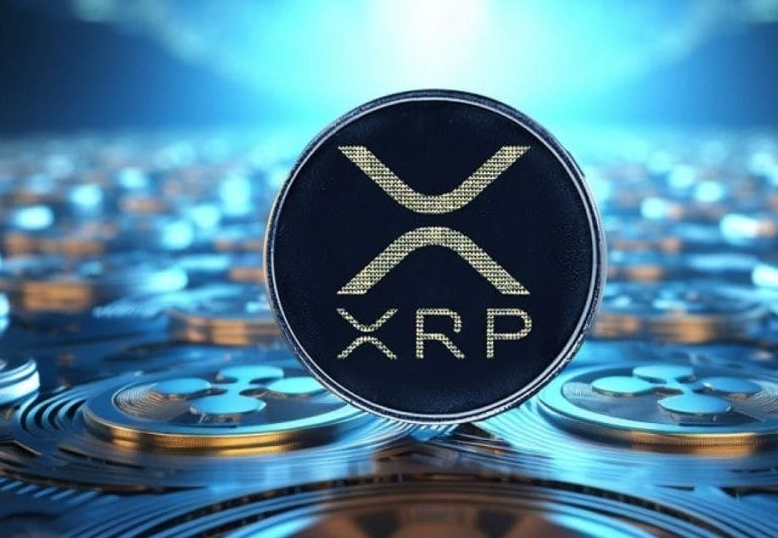How the gold rush ended in October 2025
After a significant rally that pushed gold prices above $4,300 per ounce, the metal reached a historic milestone driven by strong safe-haven demand. By October 2025, the market began experiencing profit-taking.
Gold prices fell by more than 2% on Oct. 17, 2025, immediately after reaching the milestone. At the time of writing, spot gold was trading at around $4,023 per ounce: an 8.1% decline from the all-time high of $4,378.69.
The primary trigger for the decline was easing US-China trade tensions after President Donald Trump said that maintaining full-scale tariffs on China would be unsustainable. In addition, a stronger US dollar and renewed investor interest in higher-yield assets like Bitcoin (BTC) contributed to the pullback.
Did you know? The term “digital gold” gained popularity as Bitcoin’s scarcity and independence began to mirror gold’s role as a hedge against inflation.
Gold’s history: Crashes and peaks
Gold’s history is marked by dramatic surges and steep declines, driven by inflation, interest rates and geopolitical events. From its early-1980s peak to the sharp correction after 2013 and its strong rally in the 2020s before the October 2025 downturn, the gold market has witnessed several ups and downs.
-
1980-1999 drop: Following a rapid price surge driven by high inflation and geopolitical tensions, gold peaked in January 1980 at around $850 per ounce. The rally ended with the “Volcker Shock,” when Federal Reserve Chair Paul Volcker aggressively raised interest rates. Between 1980 and 1982, the Fed pushed the federal funds rate above 20% to curb inflation, triggering a sharp recession. This led to a major sell-off, with gold prices falling by more than 60% by 1982 and entering a long-term bear market. From around $850 per ounce in 1980, the gold price declined to about $278 per ounce by 1999.
-
2012-2018 crash: After peaking in 2011, gold entered a prolonged decline as the global economy stabilized and equities outperformed, reducing gold’s appeal as an investment. In 2013, the US Federal Reserve began tapering its quantitative easing program, strengthening the US dollar and shifting capital toward higher-yielding assets — further pressuring gold prices. The SPDR Gold Trust, a major gold-backed exchange-traded fund (ETF), saw over 30% of its holdings withdrawn, signaling waning investor interest. Between 2014 and 2018, gold traded within a range of $1,200-$1,400 per ounce, down from roughly $1,680 in 2012.
-
2020s: The 2020s restored gold’s status as a safe-haven asset during a time of global uncertainty. When COVID-19 stalled economies, governments worldwide rolled out over $10 trillion in stimulus, which sparked worries about inflation. By 2022, US inflation had climbed above 9%, strengthening gold’s position as a financial safeguard. Central banks also increased their buying, adding roughly 1,000 metric tons of gold each year between 2022 and 2024. Even as interest rates rose, gold prices moved up from around $1,785 in 2020 to more than $3,200 by early 2025.
The October 2025 gold crash, however, has left investors searching for alternatives like Bitcoin (BTC), which remains relatively independent of government and central bank policies.
How money started flowing into Bitcoin
The digital gold narrative has strengthened notably, with younger investors increasingly viewing Bitcoin as a modern hedge against inflation and currency devaluation. Many now see Bitcoin as more accessible and innovative than physical bullion, pushing its market capitalization from $134 billion in 2019 to above $2.4 trillion by the first half of 2025.
Spot Bitcoin ETFs and exchange-traded products (ETPs) provide institutional-grade access, attracting billions in regulated inflows. In early October 2025, US spot Bitcoin ETFs recorded a record $3.55 billion in weekly inflows, led by BlackRock’s iShares Bitcoin Trust (IBIT), which helped push BTC past $126,000. Meanwhile, gold ETFs have faced outflows exceeding $2.8 billion in recent weeks, underscoring the contrast with Bitcoin’s momentum.
Gold outflows and Bitcoin inflows have historically shown an inverse relationship, with Bitcoin’s correlation to gold dropping to -0.3 during periods of risk-on sentiment. Exchange balances have fallen to a six-year low of 2.83 million BTC, signaling reduced selling pressure.
$200,000 Bitcoin: Is the target realistic?
Bitcoin’s path to $200,000 appears supported by strong market and macroeconomic factors. The April 2024 halving reduced block rewards, tightening supply amid growing demand. Several indicators continue to suggest steady growth for the cryptocurrency.
With global debt steadily rising, Bitcoin’s appeal as a decentralized investment asset continues to grow. By the first half of 2025, global debt had reached nearly $338 trillion — about 235% of global GDP.
Institutional catalysts driving Bitcoin adoption are gaining momentum. As of Oct. 24, 2025, Strategy (MSTR) held 640,418 BTC, followed by Marathon Digital Holdings (MARA) and Celsius (CEP), which held 53,250 and 43,514 BTC, respectively.
A move by the US Federal Reserve to ease monetary policy could provide an additional boost. The $200,000 level serves as a strong psychological benchmark, likely encouraging investors to shift away from assets like gold, which has already seen $2.8 billion exit its ETFs.
Did you know? Gold has held its status as a store of value for over 5,000 years, while Bitcoin has earned similar recognition in just a little more than a decade.
How capital is moving from gold to Bitcoin
Capital moving from gold to Bitcoin has often defined major market cycles, highlighting how investor preferences evolve over time. The key cycles include:
-
2013-2017: From 2013 to 2017, gold prices stayed relatively flat between $1,200 and $1,400 per ounce following the 2011 peak, while Bitcoin surged from $100 to $20,000. The rally was fueled by retail investors seeking a decentralized alternative to fiat currency.
-
2020-2021: Between 2020 and 2021, institutional adoption drove Bitcoin to $69,000 as pandemic-era stimulus and inflation fears prompted companies like MicroStrategy to favor BTC over gold. Historically, gold attracts cautious investors during stable periods, but in risk-on phases, Bitcoin tends to draw capital with its scarcity and growth potential.
Recent trends reinforce this shift. Bitcoin ETFs recorded $3.55 billion in weekly inflows in October 2025, while gold ETFs saw $2.8 billion in outflows. These flows highlight a generational shift toward digital assets as global uncertainty persists.
Did you know? Gold’s supply increases by about 1% each year, while Bitcoin’s supply growth halves every four years, creating growing scarcity that strengthens its long-term value narrative.
Obstacles on Bitcoin’s path to $200,000
While crypto enthusiasts expect Bitcoin to reach $200,000, the path is not without obstacles. These include volatility, regulatory uncertainty, the possibility of gold’s comeback and competition from other assets:
-
Volatility of Bitcoin: Like all cryptocurrencies, Bitcoin is highly volatile, experiencing sharp surges and corrections. Institutional buying can trigger price rallies, while large holders (“whales”) selling their Bitcoin may lead to sudden declines.
-
Regulatory uncertainties: In many parts of the world, Bitcoin regulation is still taking shape. Ongoing ambiguity around taxation and compliance may deter institutional participation.
-
Gold’s possible comeback: In October 2025, some investors who had seen significant returns began pulling funds from gold miner ETFs. Meanwhile, crypto ETFs saw record inflows of $5.95 billion globally in the third week of October 2025, according to Reuters. Strong demand for crypto assets helped push Bitcoin to an all-time high. However, as a safe-haven asset, gold could still make a comeback.
-
Competition: Equities, with average annual returns of around 10%, compete with digital assets. Tokenized treasuries and central bank digital currencies (CBDCs) also present stable alternatives. These options could divert funds from Bitcoin.
A generational shift in store-of-value assets
A generational change is redefining how people view store-of-value assets. Younger investors shaped by the digital era are increasingly drawn to Bitcoin for its decentralized, borderless nature and potential for high returns.
Older generations, on the contrary, continue to favor gold for its tangible form and proven stability. The growing digitization of finance is speeding up this shift, as blockchain technology replaces slow, paper-based systems with more transparent and efficient alternatives.
However, gold and Bitcoin may coexist over time within a two-tier hedge model. Gold offers reliability through its physical scarcity and historical track record, while Bitcoin provides growth through its limited supply and digital adaptability. Together, they strike a balance between tradition and innovation, reflecting how investors are adapting to an increasingly complex financial world.
Source: https://cointelegraph.com/explained/how-an-all-time-high-gold-sell-off-could-push-bitcoin-to-200k?utm_source=rss_feed&utm_medium=feed&utm_campaign=rss_partner_inbound


